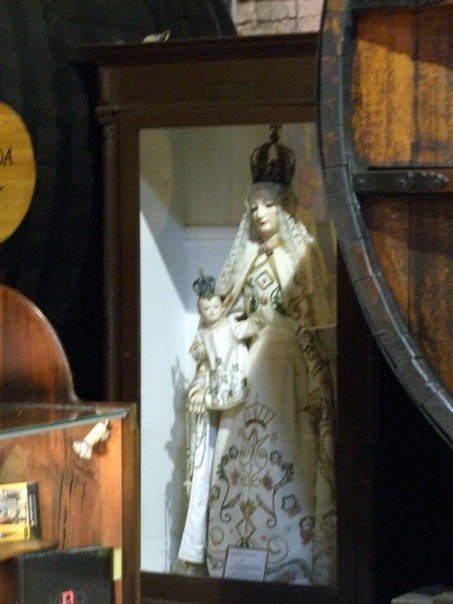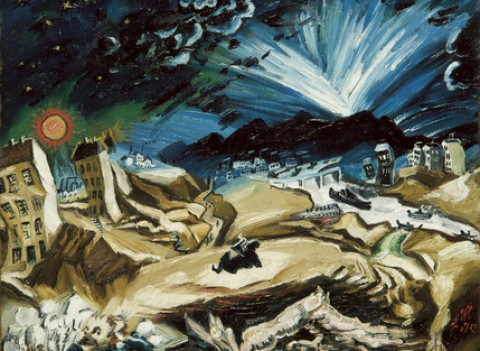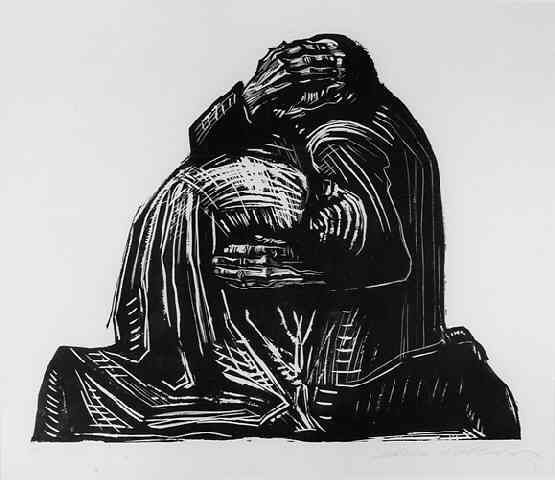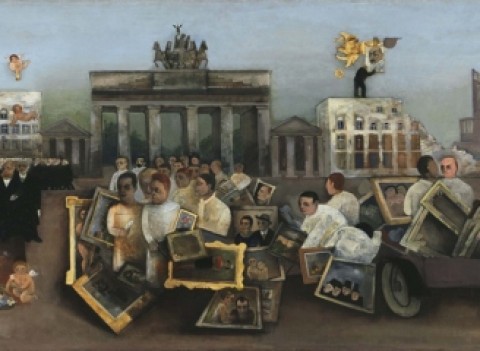 Wine plays a big role in Judaism… it features prominently in Jewish festivals from the weekly Shabbat celebration to wedding ceremonies and, of course, the rowdy Purim parties. One of my favorite wines is called Malbec and the most delicious Malbec wines in the world come from Mendoza, Argentina. So during my time in Argentina, I took a trip to Mendoza to ride horses, go white water rafting, and, of course, to check out the wineries!
Wine plays a big role in Judaism… it features prominently in Jewish festivals from the weekly Shabbat celebration to wedding ceremonies and, of course, the rowdy Purim parties. One of my favorite wines is called Malbec and the most delicious Malbec wines in the world come from Mendoza, Argentina. So during my time in Argentina, I took a trip to Mendoza to ride horses, go white water rafting, and, of course, to check out the wineries!
Anybody who’s been to a wine store has seen that there are many more non-kosher wines than kosher wines. However, if you look into your foreign kosher wines (basically any of those not produced in Israel), you’ll find that those same wineries are producing non-kosher wines also. How is this possible? Most wineries will do a “run” of kosher wines once a year. When those bottles are ready, they’re sent to the distributor who stores them for sales throughout the year. This saves wineries a lot of money because since only Sabbath-observant Jews can handle the grapes and wine in order for the wine to be kosher. In places like Mendoza, where the small Jewish population is reform only, this means they have to import employees specially.
 It happened that when I went to Mendoza there were still snow flurries, so it wasn’t exactly wine-making season. When I did the rounds of the wineries, none of them had kosher wines on hand and so I wasn’t able to taste-test any. Which makes me want to ask the next question: Why is it so important for wine to be kosher?
It happened that when I went to Mendoza there were still snow flurries, so it wasn’t exactly wine-making season. When I did the rounds of the wineries, none of them had kosher wines on hand and so I wasn’t able to taste-test any. Which makes me want to ask the next question: Why is it so important for wine to be kosher?
The laws regarding kosher wines are in place to prevent Jews from deriving any benefit from idolatry. Wines are often used in religious ceremonies for idol-worshiping religions and often a blessing is made over them or they are made for this purpose specifically. I used to think this sounded ridiculous because, looking at the secular American society around me, I couldn’t imagine anyone using wine for idol worship. But when I went to Mendoza, I noticed a giant life-sized statue of an idol sitting among the barrels in one winery. And in another place, I saw lots of painting of non-Jewish dieties on the casks of wine themselves. So next time you’re thinking of drinking a non-Kosher wine, please keep this in mind!
Read More















